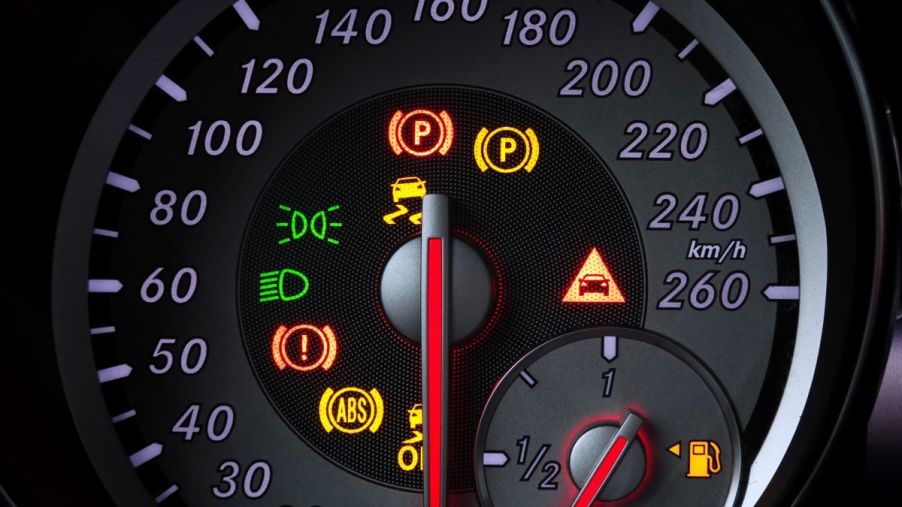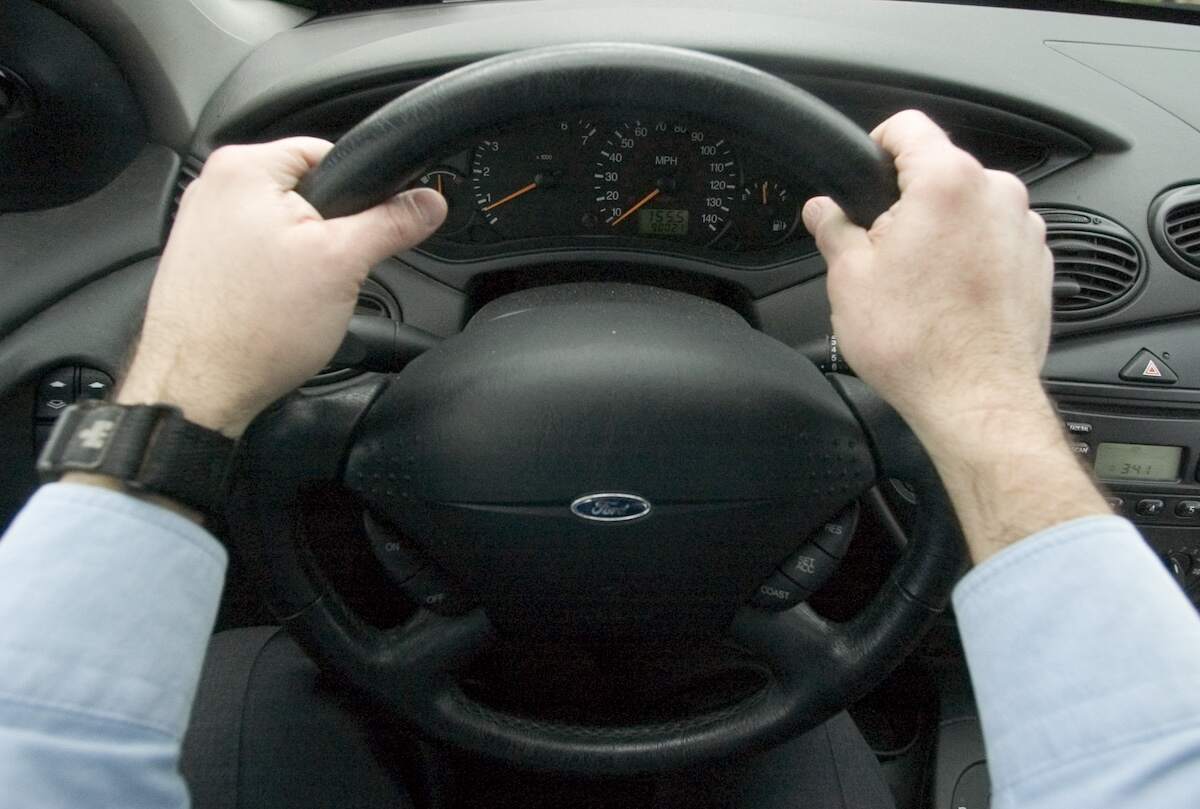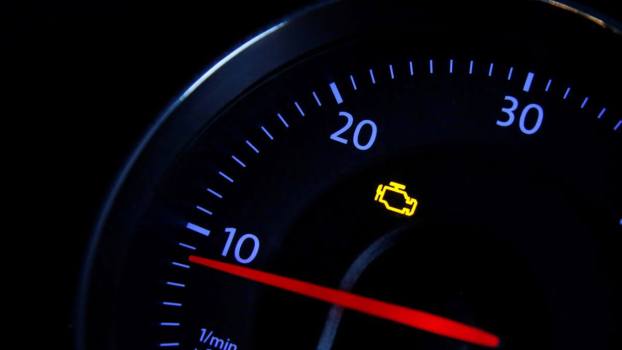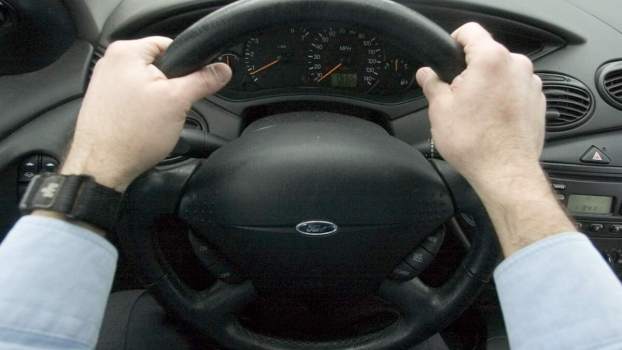
How to Read the Electronic Power Steering System (EPS) Light in Your Car
Every American driver has an unspoken mental limit: exactly how many blinking lights and warnings they’ll tolerate before taking their trusty steed to the shop. It’s easy to ignore the many nominally “emergency” lights, gauges, and sundry informative trivia lit up across a car’s instrument panel. Only so many motorists know what they all mean, let alone pay them much mind.
That’s unwise. Every dashboard warning light warrants at least a glance at the manual. The electronic power steering system (EPS) alert, in particular, is worthy of attention. An EPS fault can seriously affect a car’s handling. Here’s what the EPS light is and what to do when it flicks on.
The basics of electronic power steering

First question: What is EPS? “EPS” is short for “electronic power steering,” an industry standard in most modern cars. Fundamentally, EPS is a way to increase efficiency and decrease driver effort when steering a vehicle. When the driver of an EPS-equipped car moves the steering wheel, electric actuators in the car body assist the effort, adding energy and turning the vehicle according to input.
EPS isn’t the only option on the road. Vintage car enthusiasts get daily workouts courtesy of manual steering, which makes them muscle their intentions through a direct mechanical linkage between wheel and axles. A few modern-edge cases use hydraulic rather than electric actuators, producing similar results.
That said, most cars on the road today have an electronic power steering system controlled by an onboard computer. EPS is the rule of the road.
What does the EPS light look like?
At the risk of stating the obvious, the system that turns a car’s wheels needs to work. Any EPS fault is worth attention, by way of avoiding that stomach-dropping moment when a driver turns the steering wheel and nothing happens.
That’s where the EPS warning comes in. Typically, the light is central on the dashboard and shows a steering wheel with an exclamation point. Or it might read “EPS.” When that light clicks on, something has gone wrong in the electronic power steering system.
Why is the light on?
The most common problem with electronic power steering is the controlling computer picking up a discrepancy between its math and what the car is actually doing. That’s an easy fix. Pull over, turn the car off, sit for a minute, and then turn it back on. That resets the system and should kill the EPS light. It’s the classic first step to troubleshoot any computer problem: restart it.
Other issues might demand more substantial intervention. If the EPS warning light remains on after several deliberate restarts, it could indicate a few problems. They include a more significant computer error, a fluid imbalance, or a mechanical fault in the system, AutoTechIQ explains. That calls for professional attention.
Above all, if the light is on and the steering starts to feel sticky, rough, or slow or pulls to one side, get to a shop ASAP. EPS affects handling, responsiveness, and a car’s electrical system. Unless a driver is a qualified mechanic, serious EPS faults are not a DIY fix.






